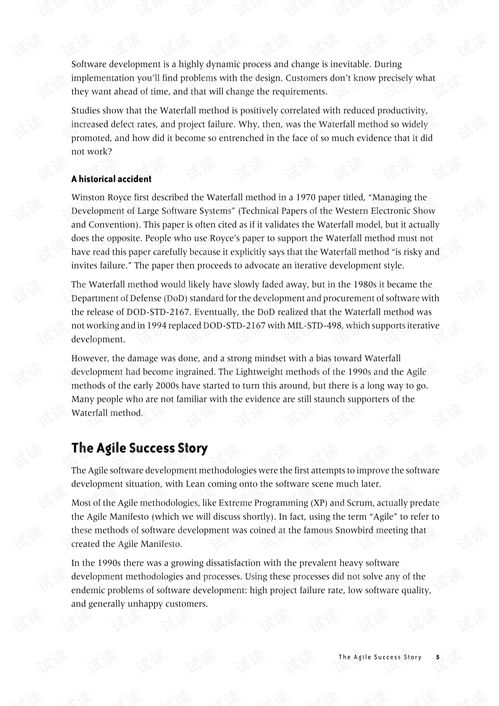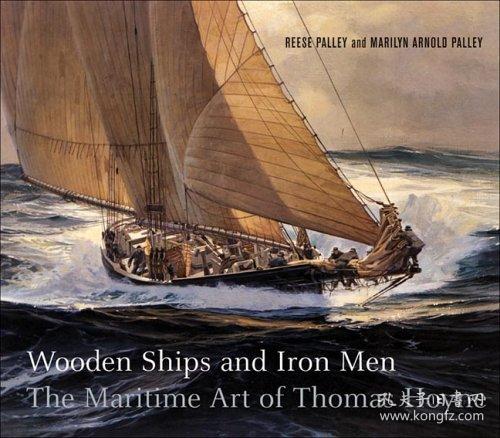
Content:
Fishing, an ancient pastime, has been a source of relaxation and sustenance for countless individuals across the globe. One of the most crucial aspects of fishing is the art of baiting, or "baiting" in the fishing vernacular. A well-placed and effectively used bait can make the difference between a successful day on the water and a frustrating one. In this article, we will delve into the methods and techniques for effective baiting, ensuring that your fishing experience is both productive and enjoyable.
Understanding Baits
Before we dive into the techniques, it's important to understand the types of baits available. Baits can be categorized into two main types: natural and artificial. Natural baits include live or dead fish, insects, worms, and other organic matter. Artificial baits, on the other hand, are man-made lures designed to mimic the movement and appearance of natural prey.
Choosing the Right Bait
The first step in effective baiting is choosing the right bait for the fish you're targeting. Different species of fish are attracted to different types of baits. For instance, bass are often attracted to live bait like worms or minnows, while catfish might prefer cut bait or crustaceans. Here are some tips for choosing the right bait:
- Research the Species: Before you head out, research the species you're targeting. Look for information on their preferred food sources and feeding habits.
- Local Knowledge: Ask local anglers or fishing guides for advice on the best baits to use in your fishing area.
- Experimentation: Don't be afraid to try different baits and observe which ones work best in your specific fishing environment.
The Art of Baiting
Once you've chosen the right bait, it's time to learn the art of baiting. Here are some key techniques and tips:
Choosing the Right Bait Size and Type
- Size: The size of your bait should be appropriate for the species you're targeting. Larger fish require larger baits, while smaller fish may be more attracted to smaller baits.
- Type: Live bait often outperforms artificial bait, but the right artificial bait can be highly effective, especially in clear water where fish are more wary of natural movement.
The Right Presentation
- Natural Movement: Live bait should be presented in a way that mimics its natural movement. For example, a worm should be twitched or fished in a manner that mimics its wriggling motion.
- Artificial Bait: Artificial baits should be worked in a way that mimics the movement of the prey they are designed to imitate. This might include casting, retrieving, or even skipping the bait along the water's surface.
Timing and Patience
- Timing: Fish are most active at certain times of the day, such as early morning or dusk. Adjust your baiting strategy to coincide with these peak feeding times.
- Patience: Be patient. Sometimes, the best fishing is done with a slow and steady approach. Allow your bait to sit for a while before reeling it in.
The Right Location
- Structure: Look for areas with structure, such as rocks, logs, or weed beds, as these can provide cover and attract fish.
- Depth: Different fish species are found at different depths. Use your knowledge of the species you're targeting to determine the best depth for your bait.
Using a Bait Station
- Preparation: A bait station, or "fishing rig," can help keep your bait organized and ready for use. It also allows you to place multiple baits in strategic locations.
- Maintenance: Regularly check and maintain your bait station to ensure it's in good condition and that your baits are properly secured.
Advanced Baiting Techniques
For those looking to take their baiting to the next level, here are some advanced techniques:
- Carving Baits: For artificial baits, carving them to mimic specific prey can be highly effective.
- Scenting Baits: Adding scents to your baits can increase their attractiveness to fish. Be sure to use scents that are known to attract the species you're targeting.
- Adjusting to Conditions: Be prepared to adjust your baiting strategy based on changing weather conditions, water temperature, and other environmental factors.
In conclusion, the art of baiting is a skill that can significantly enhance your fishing experience. By understanding the types of baits, choosing the right one, and applying the proper techniques, you can increase your chances of success on the water. Remember, fishing is as much about patience and observation as it is about technique, so take the time to learn and adapt your approach to the environment and the fish you're targeting. Happy fishing!












